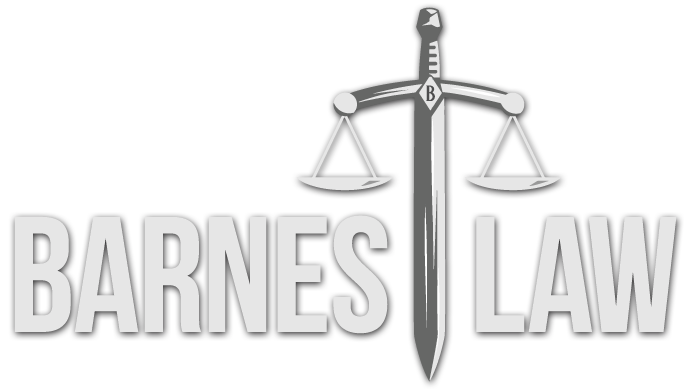THE TERRY DOCTRINE, PART 1: WARRANTLESS FRISKS & SEIZURES
The Fourth Amendment protects us against unlawful searches and seizures by the government. Usually, a search and/or a seizure is unlawful if done without a warrant or if an exception to the warrant requirement does not apply. However, the Terry Doctrine permits an investigatory seizure if police have a “reasonable suspicion” that the person has committed or is committing a crime.[1] This is also known as a “Terry stop.” Furthermore, an officer may frisk the outer clothing if reasonable suspicion exists to believe that the individual is armed and dangerous (also known as a “Terry frisk”). The scope and duration of a Terry stop and frisk based on reasonable suspicion is limited, so let’s take a look at what a police officer can and cannot do during a Terry stop to ensure that your civil rights are not violated if you ever have to experience one.
In this first portion of this two-part series, I’ll discuss how the reasonableness of a Terry stop and frisk is determined, as well as how this stop is justified under the Fourth Amendment. Next week, I’ll get into more detail about the allowable scope of both a Terry stop and a Terry frisk.
Part 1-- Not all encounters between the police and citizens are “seizures” within the meaning of the Fourth Amendment. Only when an officer, by means of physical force or a show of authority has in some way restrained the liberty of a citizen, is there a seizure.[2] To determine whether a Terry stop and a Terry frisk was reasonable, courts usually ask two questions: 1) whether the officer’s actions were justified at the time of the stop; and 2) whether the stop and/or frisk was reasonably related in scope to the circumstances which justified the interference in the first place.
For the first inquiry, we must ask whether there were adequate grounds for the stop at the time the police officer seized the person. For example, did the police officer have reasonable suspicion to believe the person was armed and dangerous before stopping and frisking the individual? If the answer is no, then that stop and frisk would likely be an unreasonable search and seizure.
For the second inquiry, we must ask whether the scope of the stop went beyond what was permissible based only on reasonable suspicion. The police officer must be able to point to specific and articulable facts, which taken together with rational inferences from those facts, reasonably warrant the intrusion on the individual’s rights. In the simplest terms, the officer must have reasonable grounds to suspect that the individual has committed or is committing a crime prior to stopping that individual. Finally, reasonable suspicion alone does not allow a person to be detained indefinitely.
Next week, I will explain in further detail the allowable scope of a Terry stop and a Terry frisk, so you can be better prepared and know your civil rights in the event you have the unfortunate experience of being subject to a warrantless stop or frisk by a police officer under the Terry doctrine.
As always, if you or someone you know has been stopped and frisked by a police officer without a warrant which led to incriminating evidence to be discovered, make sure the stop and frisk was legal by contacting a competent civil rights attorney immediately.
— By Ara M. Baghdassarian, Esq., Barnes Law
Ara Baghdassarian is an associate attorney with Barnes Law, licensed to practice law in California.
The opinions expressed are those of the author and do not necessarily reflect the views of the firm, its clients, or any of its or their respective affiliates. This article is for general information purposes and is not intended to be and should not be taken as legal advice.
[1] Terry v. Ohio, 392 U.S. 1 (1968); https://www.law.cornell.edu/supremecourt/text/392/1
[2] Terry v. Ohio, 392 U.S. at 19, fn. 16 (1968); https://www.law.cornell.edu/supremecourt/text/392/1
